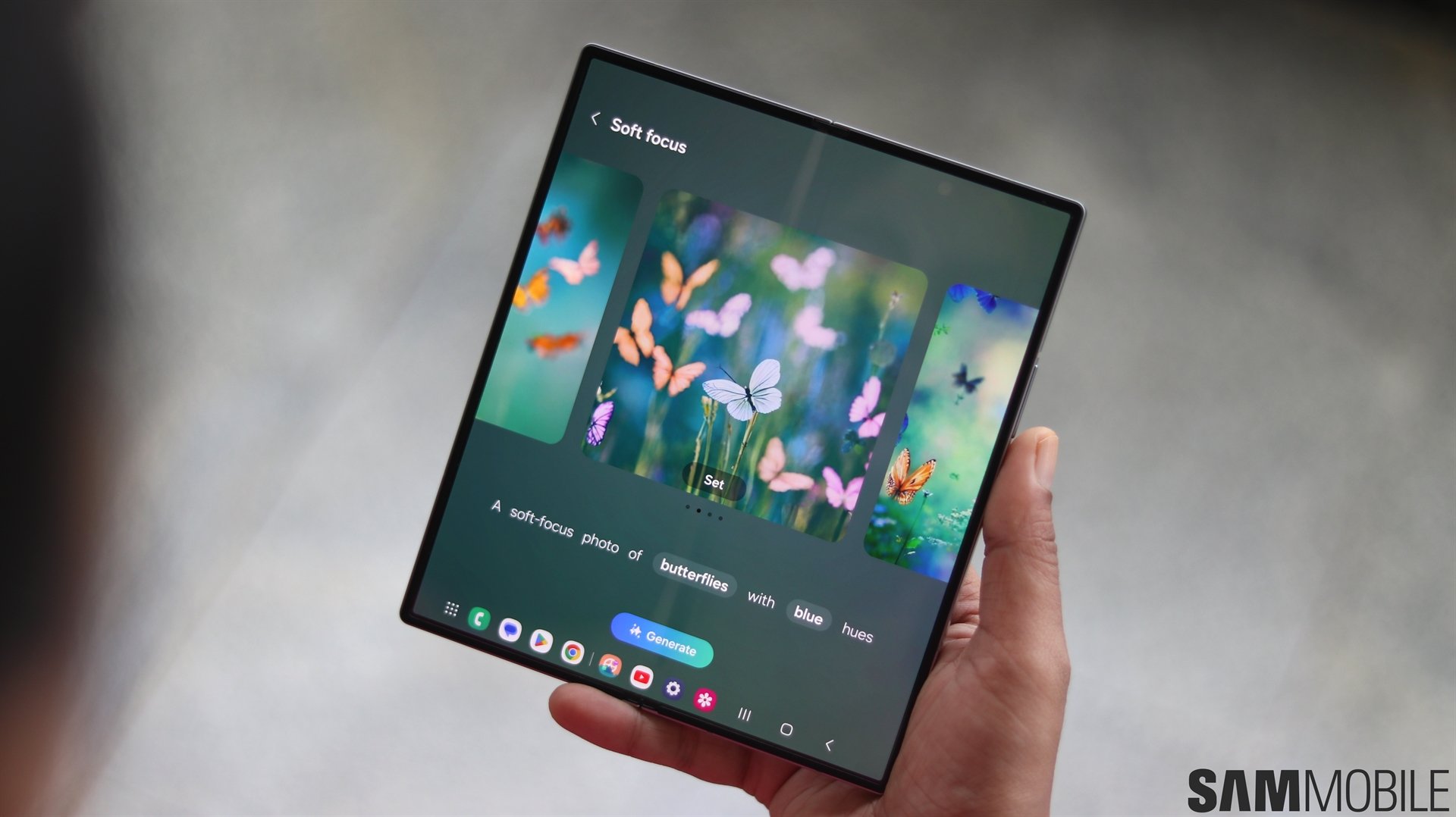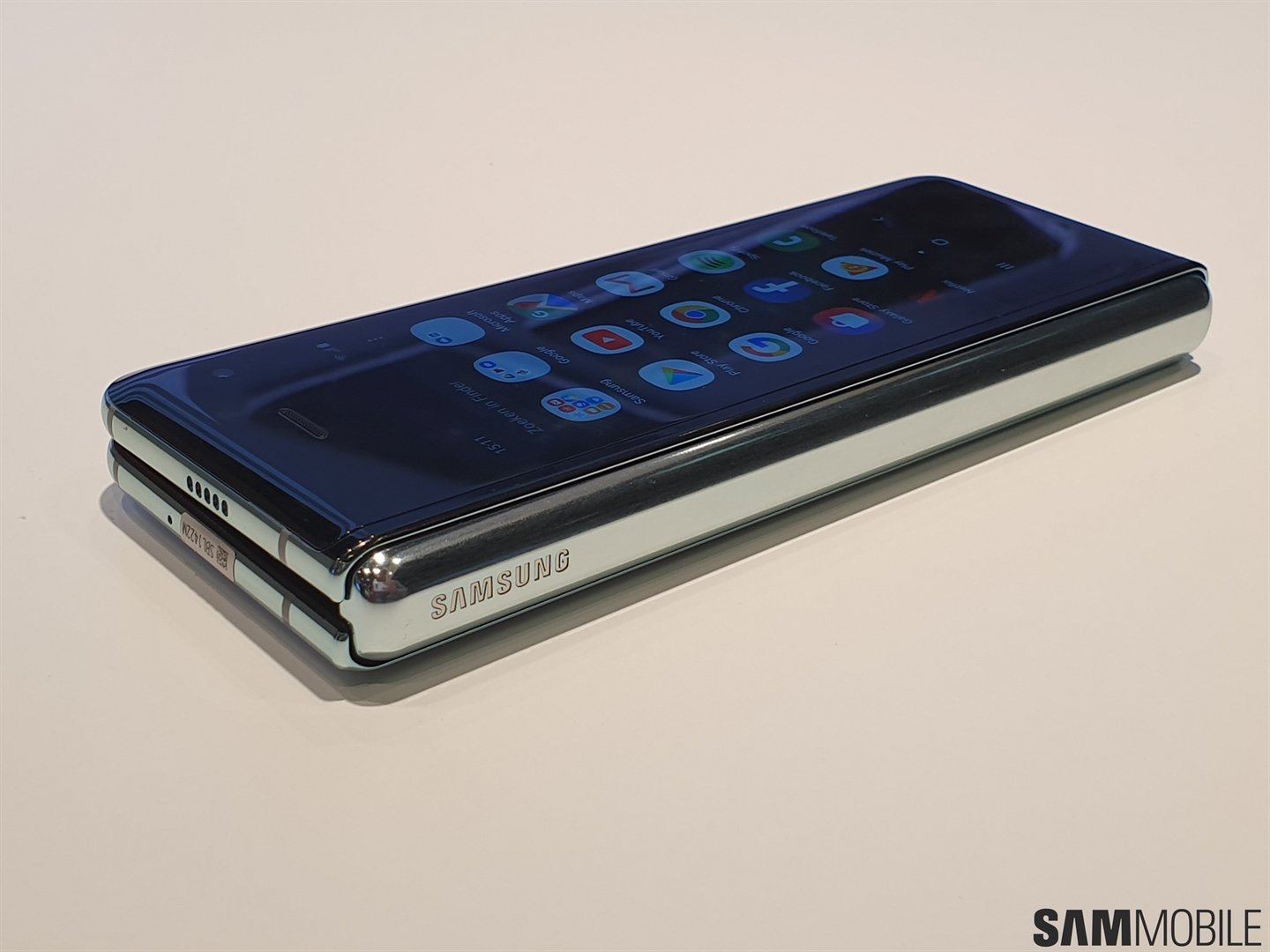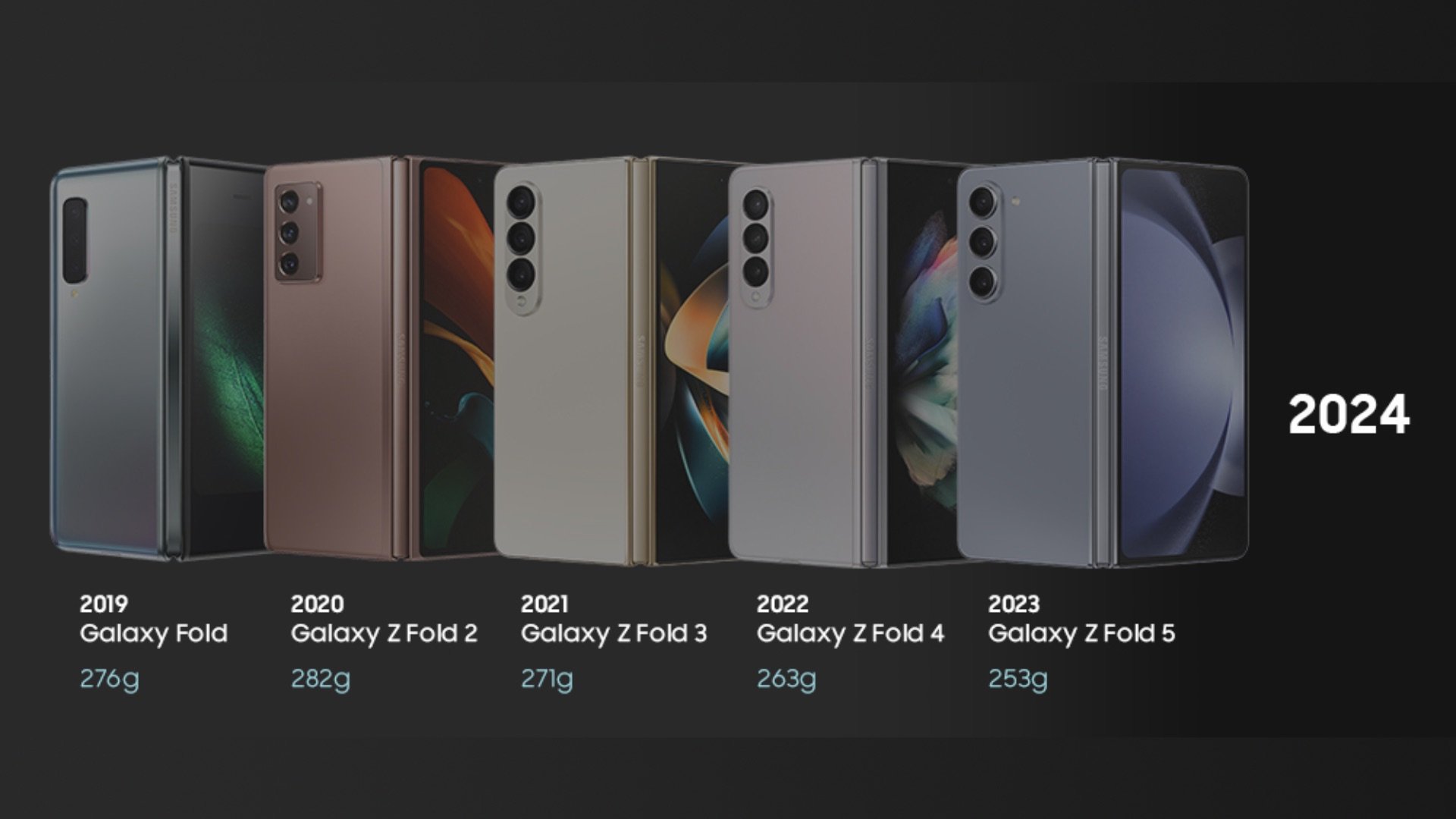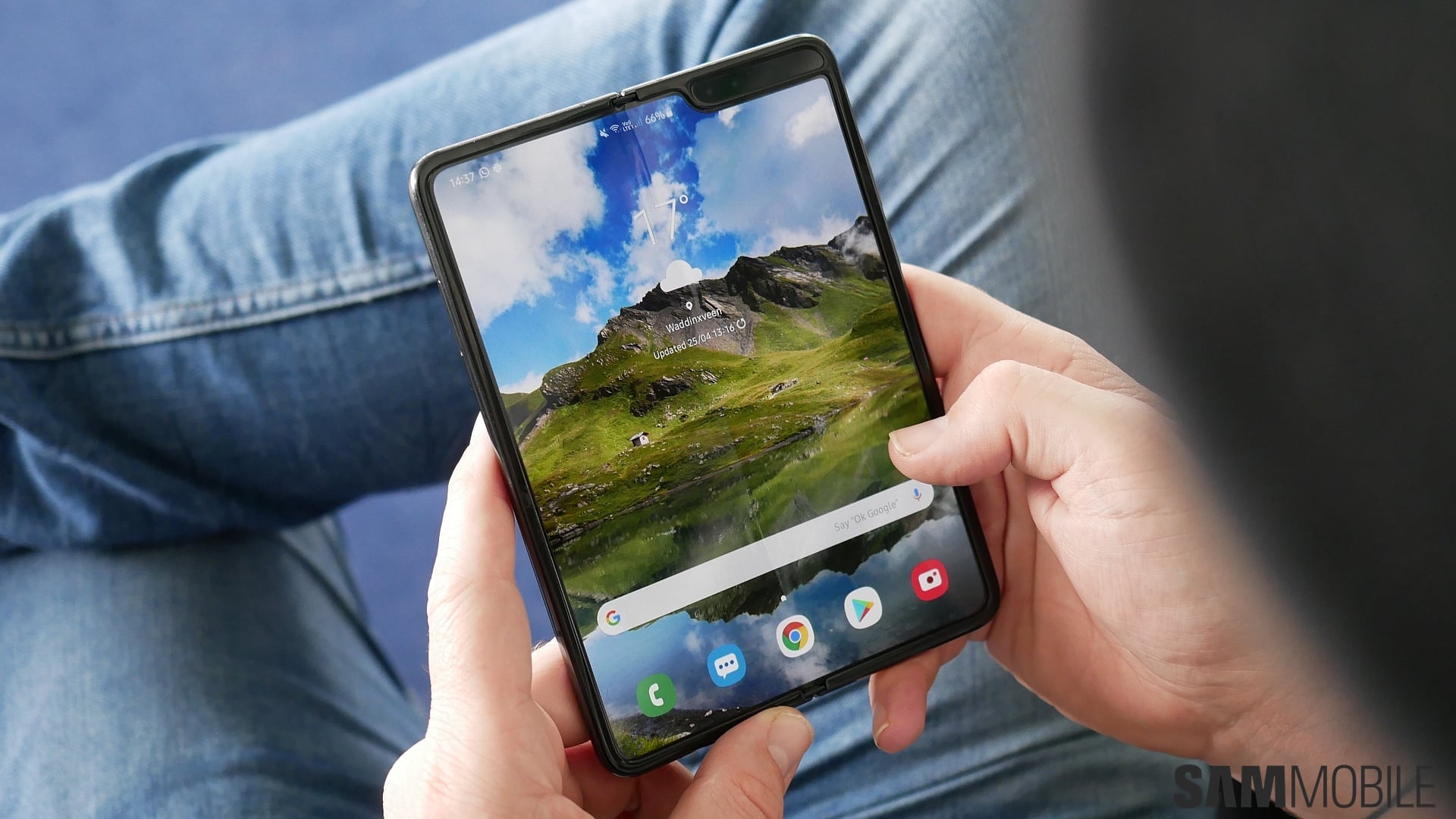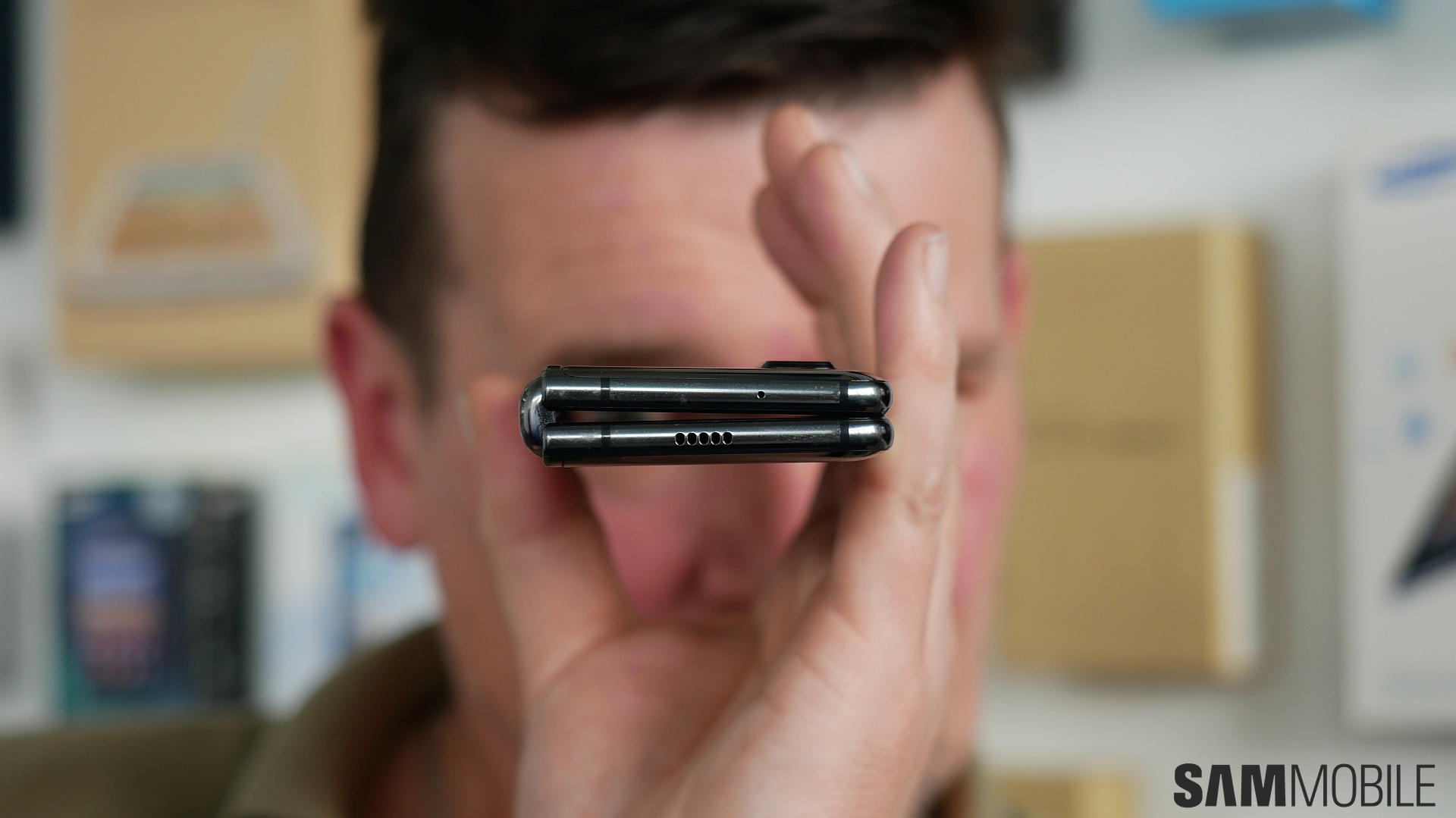
It can't be considered a failed launch by any stretch of the imagination. On the contrary, given the reception it has received in the market, the Galaxy Fold appears to be selling much better than Samsung would have hoped.
We have been big supporters of the Galaxy Fold throughout its entire journey. But as much as we love the groundbreaking nature of the device, we now feel that that the first foldable smartphone represents a bit of a missed opportunity for Samsung.
There's no denying the fact that the Galaxy Fold is an experimental device. That's one of the reasons why it has been sold in such limited quantities and why the entire process has been so tightly controlled. Many customers who picked up the device were true Samsung fans. They spent $2,000 on a phone just to experience Samsung's cutting edge technology. They might have also thought that the Galaxy Fold would be at the forefront of software development as well.
Galaxy Fold software could do more with the foldable form factor
That couldn't be further from the truth. We have highlighted before how Samsung has been indifferent about the software experience for Galaxy Fold users. There hasn't been much in the way of new software features being released for the device after its launch. Even improvements that should have been there from the start haven't been sent out. Case in point: the lack of functionality for the cover display. It doesn't make any sense as to why the cover display is still not being used to its full potential. It's not even possible to register fingerprints on the cover display.
As we've talked about before, it doesn't make much sense why there's no option to activate the cover display when using the foldable display as a viewfinder for the camera. Doing this would allow the subject to take a look at the framing and composition and make any adjustments to their pose before the photo is taken. Samsung didn't work on this in the time it took to fix the device's issues and it hasn't done anything about it since the device came out in September.
Software updates and the so-called Premier Service are lackluster as well
It's clear that Samsung is just sending out regular security updates for this phone as it would for a regular phone. However, the Galaxy Fold is anything but a regular phone and that's what makes Fold owners like myself disappointed. Samsung has an experimental device out in the hands of people who would understand and would actually appreciate being used as testers for new and innovative features. Yet it's choosing to do nothing with this opportunity.
Another inconsistency that still exists is the difference in the update release schedule for the 4G and 5G variants of the Galaxy Fold. The 5G variant has typically received updates much later than the 4G variant. This is something we have particularly witnessed with our own 5G units procured from Germany.
Samsung had also made a big deal about the Galaxy Fold Premier Service when the device came out. It was meant to make the process of dealing with support easier if something were to go wrong with the device. One of our units developed a few dead pixels and it took us more than a month to get it fixed from Samsung Germany. The process was unnecessarily long and didn't show any signs of being premium.
Early adopters of the Galaxy Fold would certainly appreciate it if the company took an initiative to bring more software features that take advantage of the foldable form factor, even if they're experimental in nature. They actually expect that for this device, and we feel that Samsung should pay heed and actually do something about it.












